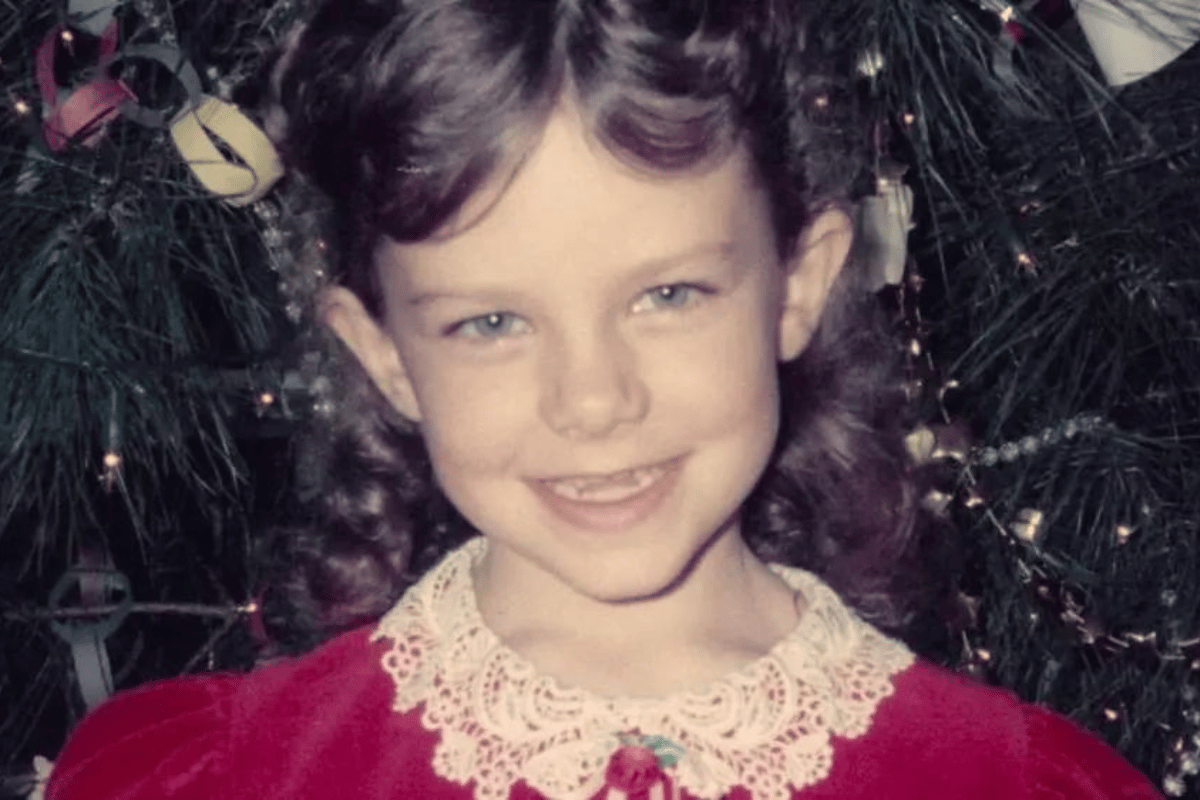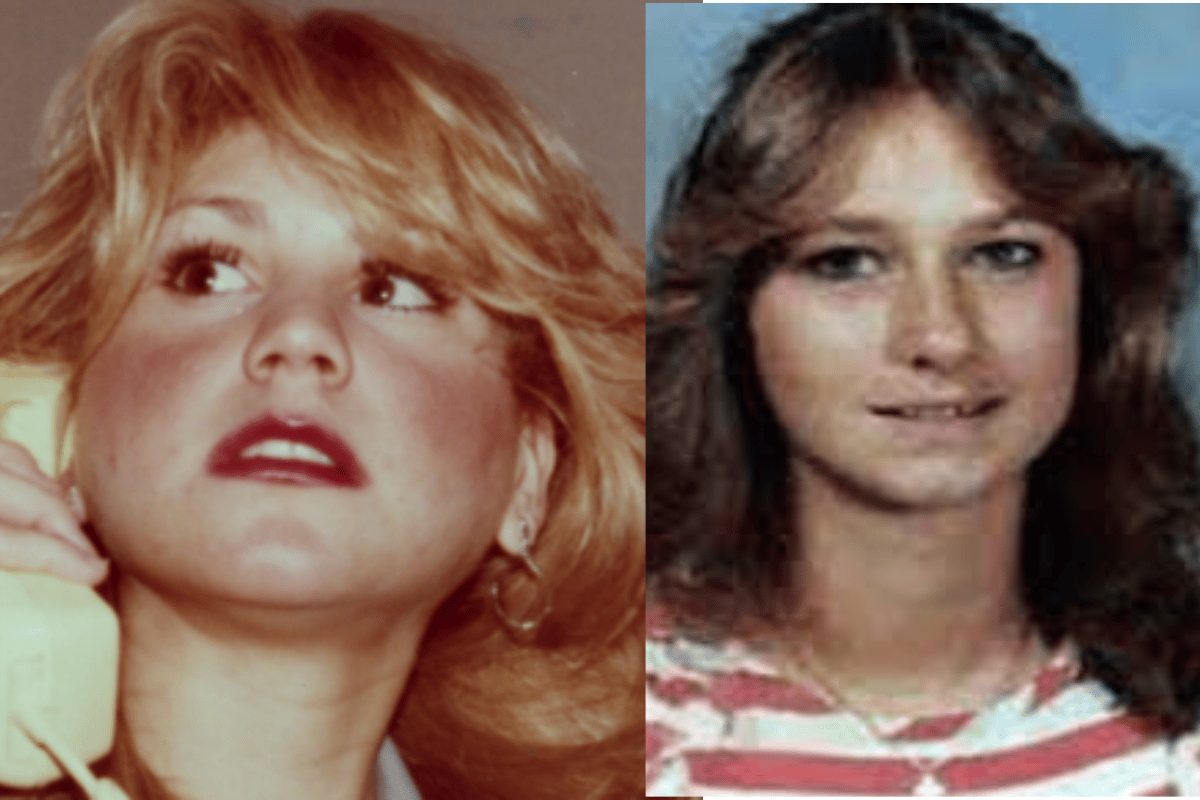
There's a stretch of desolate, swampy land between Houston and Galveston in Texas, located just off the busy interstate I-45 highway. It's around 25 acres in size and was once an oil field site. But now, it's only known as the Texas Killing Fields.
From the 1970s to the late 1990s, the Texas community watched on in fear as more than 30 murdered women were found across this area. And now, this entire case has been re-examined in Netflix's new true crime series Crime Scene: The Texas Killing Fields. Here's what you need to know about the case that terrified an entire state.
It all began back in 1971.
Two 15-year-old girls, Maria Johnson and Debbie Ackerman, disappeared in November of that year in Galveston, Texas. Their bodies were shortly found in a marshy pond within the killing fields area. And the bodies continued to pile up just off the I-45 highway, with an additional 11 female victims found over the next six months.
There was no answer as to who was doing it, as the harsh Houston heat and the fact many were found in expanses of swamp or marsh, meant the human remains deteriorated rapidly.
With no culprit found, the bereaved families were left with zero answers.
For a few years, no other bodies were found in the area. Then in 1984, it all started up again, when a child was playing in the fields with their dog and noticed that the dog had something round in its mouth. It wasn't a ball or toy like the child initially thought. It was a human skull.
Watch the trailer for Netflix's Crime Scene: The Texas Killing Fields. Post continues below.
































































































